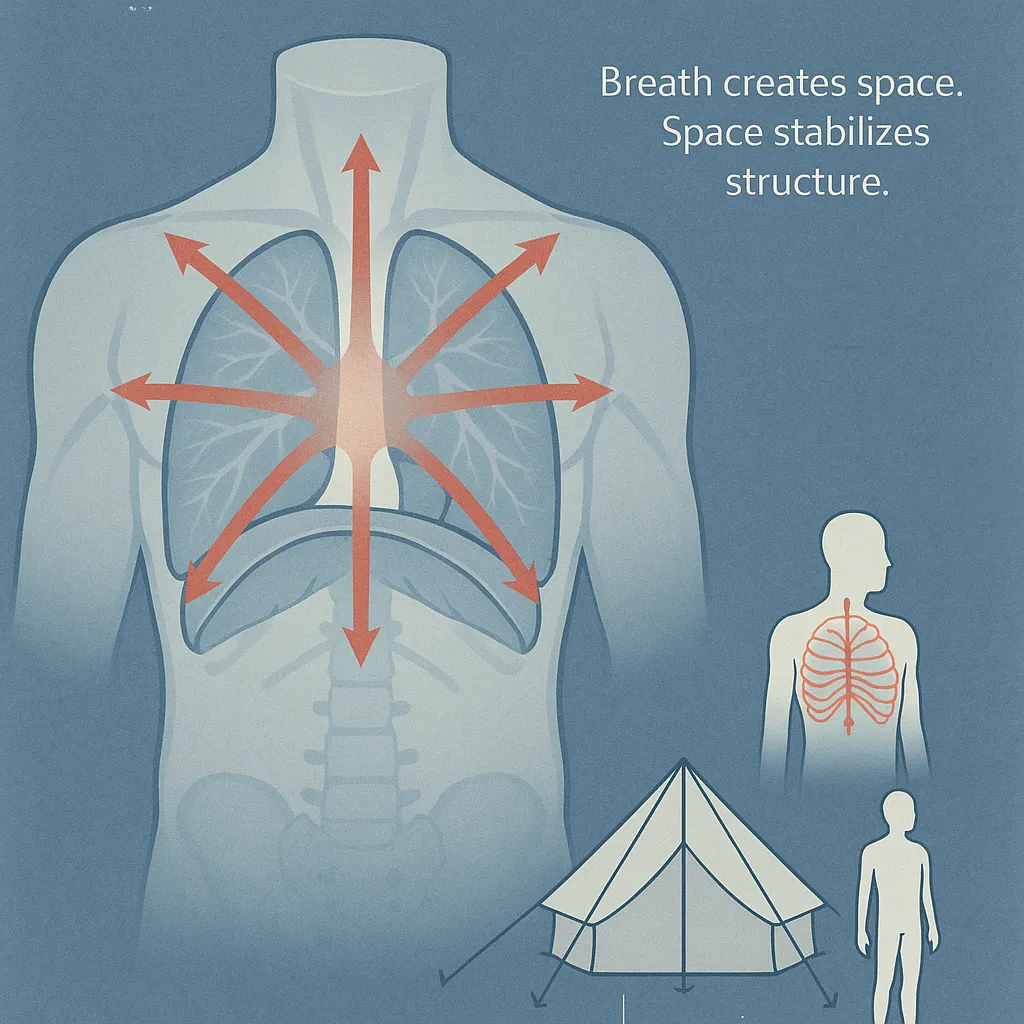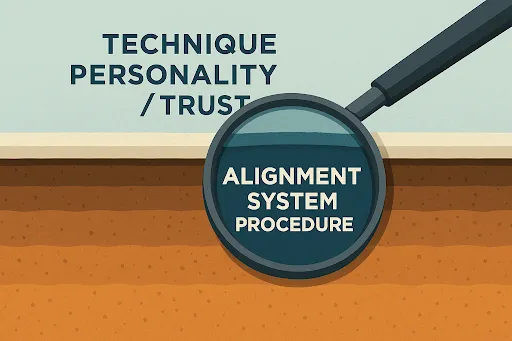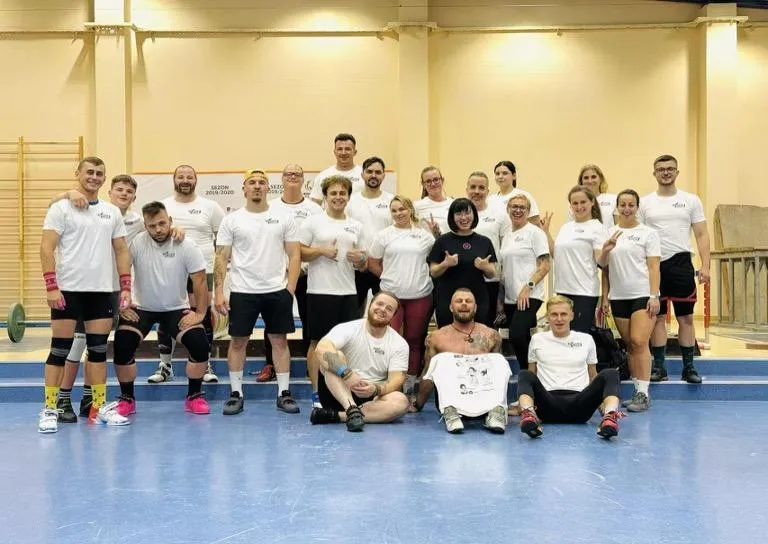Body Alignment Training
Beyond strength, beyond coaching — the meaning of being human.
As AI grows to create and think for us, I’m reminded why I still teach movement — because we still have bodies. Inspired by Ghost in the Shell and Akira, I see the body as our final link to truth — the bridge between mind and matter. Through breath, awareness, and alignment, we return to what’s real. My work is no longer just about lifting — it’s about helping people remember: to feel the body is to know we exist.
Suspended in Motion: The True Architecture of the Human Body
You are not a stack of bones — you are a pressurized suspension system. Most people move like collapsing towers, compressing joints and wasting force. In reality, your bones float inside a continuous fascial web, stabilized by tension and inflated by breath. This tensegrity-based structure determines whether movement feels heavy or elastic, aging or regenerative. Train without fixing structure and you break faster. Build structure first — bone alignment, fascial tension, skin container, and breath-driven pressure (Axis 0) — and your body becomes stable, springy, and effortless to move.
The “I Thought It Was Other People‘s Problem” Moments
In this blog, I share moments when I thought I was right but was completely wrong—as a coach, leader, and founder. Technique issues were really alignment problems, conflicts came from missing systems, and mistakes revealed absent procedures. The lesson: the visible problem is rarely the real cause. Growth happens when we fix structures, not people.
The Weight of Trust
In The Weight of Trust, I look back on this year’s Poland camp and what truly lingers — not just the hours of coaching or kilos lifted, but the trust built over time. Through moments of breakthrough, quiet care, and the steady rhythm that keeps athletes returning, I share how carrying both the barbell and that trust shapes who we are on the platform and beyond.






